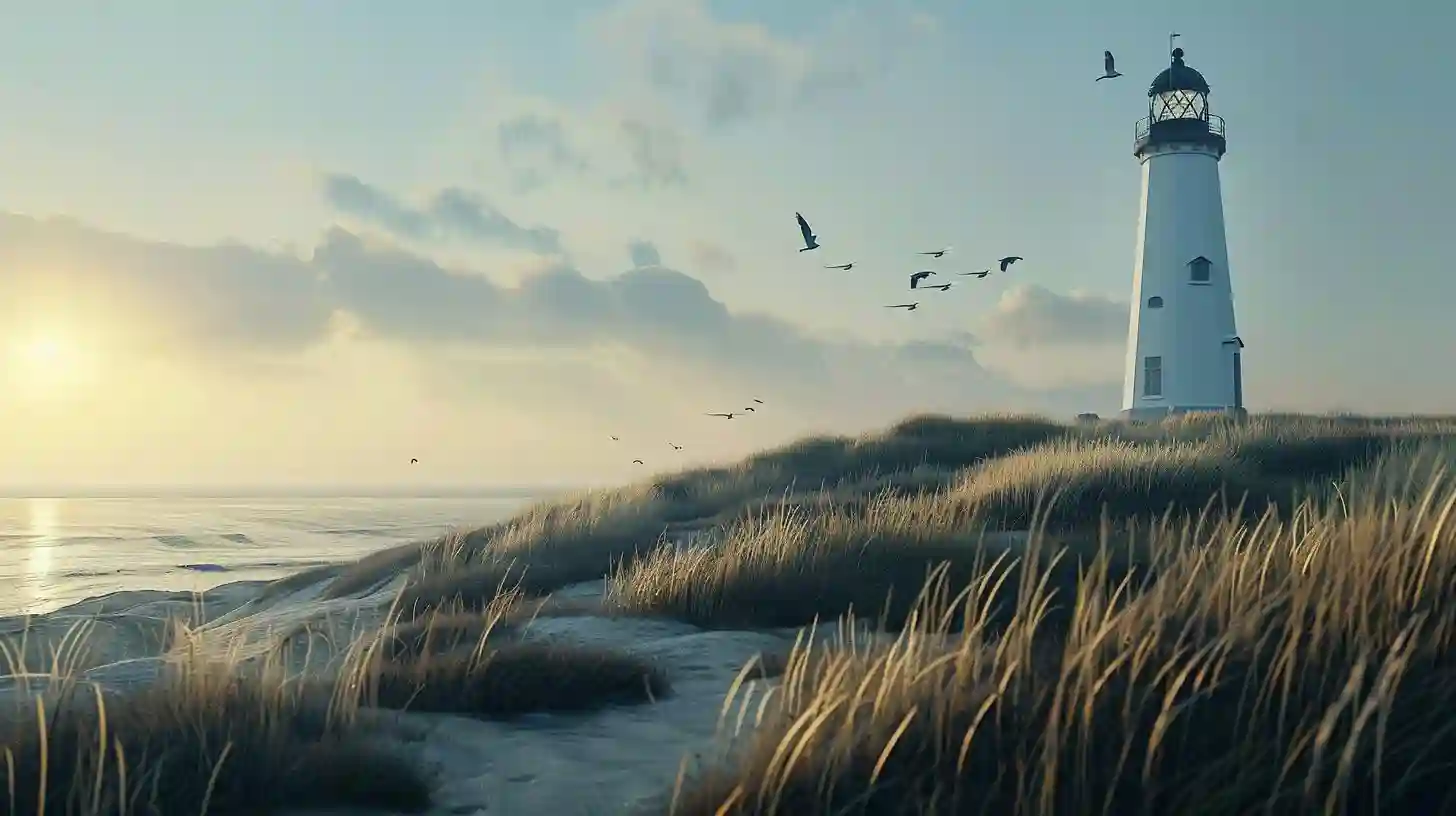
As a beacon of hope and safety, lighthouses have played a critical role in guiding sailors and travelers for centuries. Standing tall and proud along the coastline, these structures have captured the imagination of many and become symbols of perseverance, strength and leadership. Despite advances in technology, lighthouses continue to hold a special place in the hearts of people around the world.
The history of lighthouses dates back to ancient times, when lights were used to indicate the presence of land to sailors at sea. Over the years, these rudimentary structures evolved into the iconic towers we know today. Lighthouses are not only functional, but also have special significance in the cultural and historical landscape of their regions. They stand like silent sentinels, testifying to the passage of time and the changing tides of history.
One of the most interesting aspects of lighthouses is their architectural diversity. From the classic striped tower of Cape Hatteras Lighthouse in North Carolina to the picturesque white tower of Peggy's Cove Lighthouse in Nova Scotia, each lighthouse has its own unique charm and character. Some are located on rocky cliffs, while others stand on sandy shores or remote islands. Regardless of their location, lighthouses have a timeless appeal that attracts visitors from all over the world.
Besides their architectural beauty, lighthouses are also imbued with symbolism. They often involve themes of protection, leadership, and perseverance. The light emanating from a lighthouse is a powerful symbol of hope, shining through the darkness and showing the way to safety. For sailors navigating treacherous waters, the sight of a lighthouse on the horizon was a welcome beacon of comfort.
Lighthouses have also inspired countless works of art, literature and music. Artists and writers have long been fascinated by the mysticism of these structures, using them as subjects for paintings, poems and stories. From Virginia Woolf's novel To the Lighthouse to Edward Hopper's iconic painting The Lighthouse in Two Lights, lighthouses have left an indelible mark on the creative imagination.
Despite their enduring appeal, lighthouses have faced challenges in the modern era. With the advent of GPS technology and automated navigation systems, many beacons have become obsolete and no longer work. As a result, these historic structures are at risk of falling into disrepair or being demolished. Efforts are made to preserve the lighthouses so that they can be appreciated and enjoyed by future generations.
Lighthouses are more than just functional structures—they are symbols of resilience, guidance, and hope. As we navigate the stormy waters of life, we can look to lighthouses as beacons of inspiration and comfort. Their constant presence reminds us that even in the darkest times, there is always a light to guide us home. The legacy of lighthouses will continue to shine brightly for future generations, lighting the way to a brighter future.